Changing Perspectives in the Countryside: JC Niala
Written by Nicola Minney.
As part of The MERL’s Building Connections project (funded by Arts Council England), we have sought to explore different stories and themes that live within our collection from the history of the English countryside.
As we researched a range of themes and topics—from LGBTQ+ rural experience to the history of migration—it became clear to us that there were many people whose stories, experiences and perspectives had historically gone untold within our collections.
So rather than looking back, we decided to look forward. We reached out to seven people who generously have shared with us their experiences—the good together with the bad—of what it is like to be a person of colour in the countryside: Dr Mya-Rose Craig, Ped Asgarian, Navaratnam ‘Theeb’ Partheeban, Jasmine Isa Qureshi, JC Niala, Zakiya McKenzie, and Dr Anjana Khatwa.
We invited each person to explore our object and archive collections, choose an item to represent them and change the narrative of those objects for the future.
In this third entry in the series, join us below as we hear from JC Niala about her work in the countryside: from her 1918 Allotment project to poetry and writing, and her experiences of exploring and enjoying the English countryside.
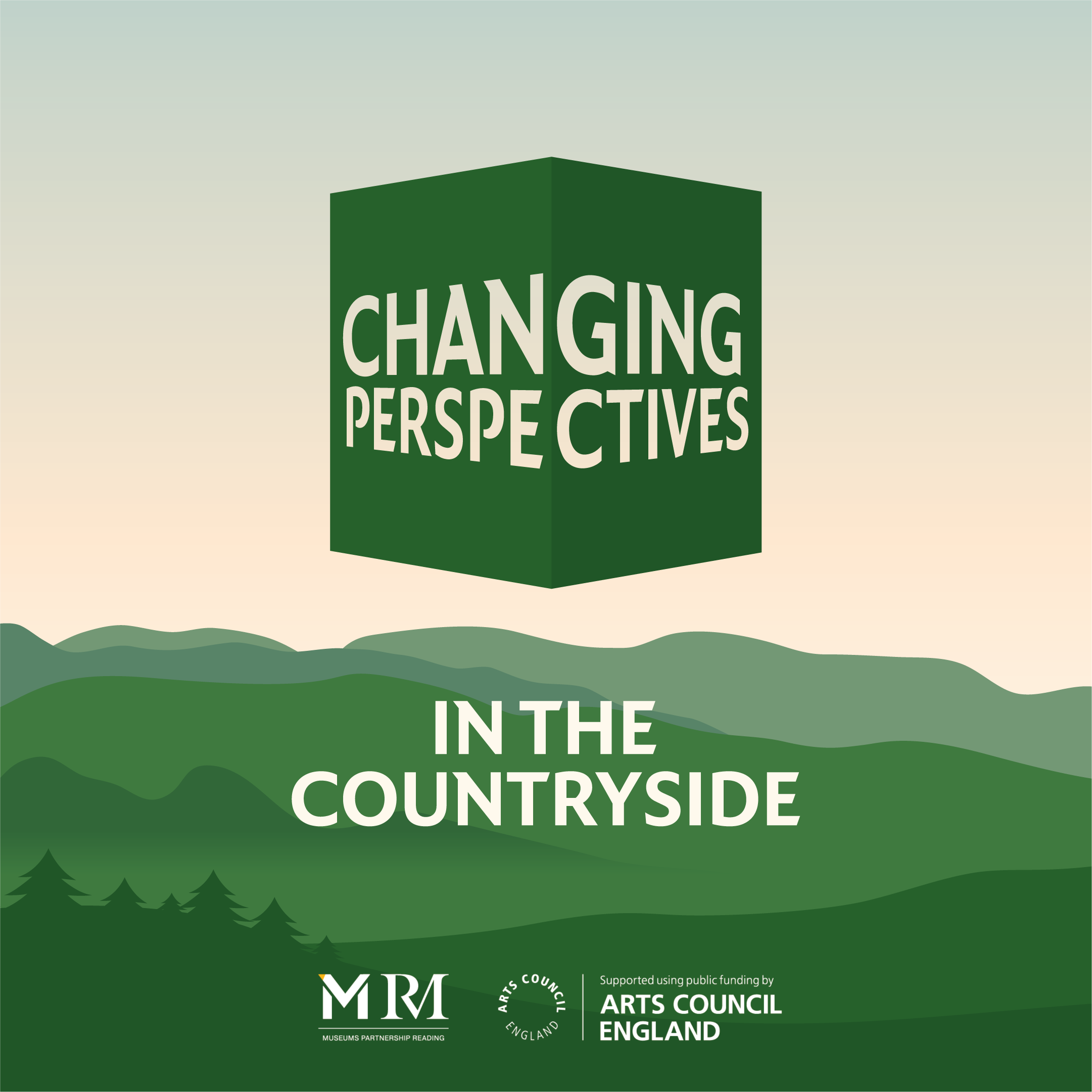
JC Niala
(African. She/her)
JC Niala is an award-winning screen and stage writer, cultural producer, and teacher. Having travelled to over 45 countries, and lived and worked on three continents, JC has gathered stories and engaged with audiences from all around the world. JC is currently recreating a 1918 style allotment using open-pollinated non-hybrid heritage seeds from the era on a Fig Studio allotment plot in Oxford. It is a project that explores relationships over the course of a century between growing plants, health, and community, all themes which have featured in JC’s previous work and research.
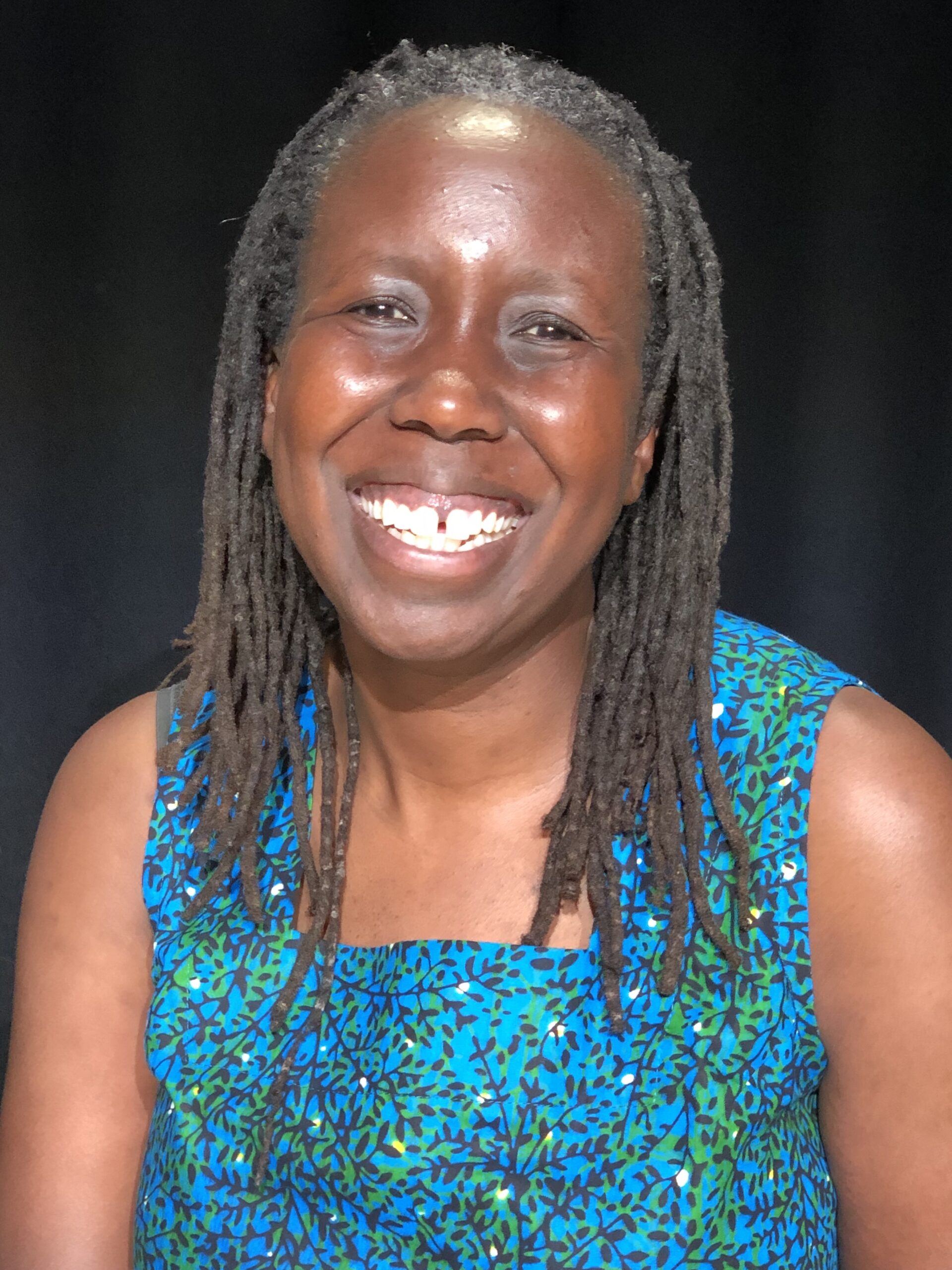
What is your connection to the countryside?
JC: I went to boarding school in Wiltshire, so I spent a lot of time walking around beautiful parts of the countryside there.
I am fascinated with folklore and collect folktales, and loved all the stories people told me about crop circles, lay lines that cross Wiltshire, and of course Merlin.
I did my first degree at the University of Sheffield and did a fair amount of walking in the Peak District. Later, I worked in Ludlow in Shropshire and spent many happy hours on Clee Hill and walking the Wrekin.
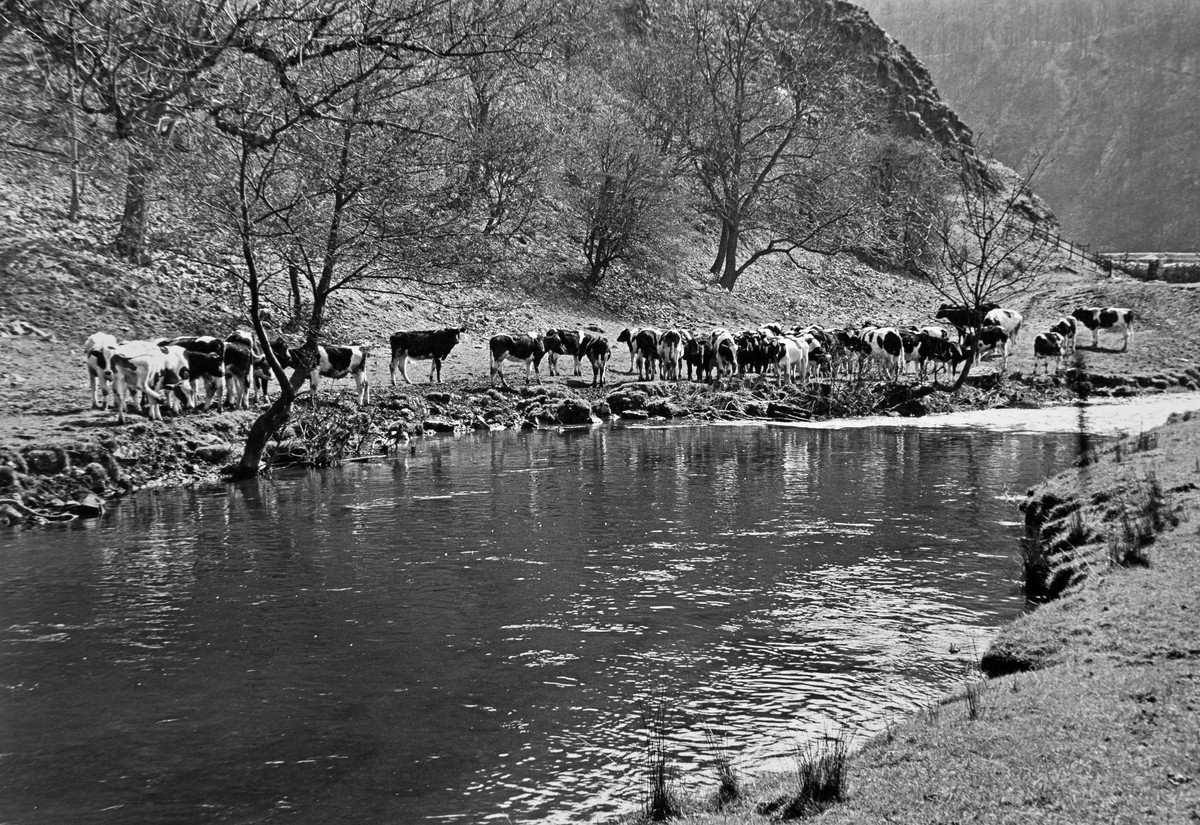
Between 2002 and 2004 in particular I subscribed to country walking magazine and nearly every weekend would do walks that they suggested – it was a great way to travel the country.
What inspires you about the countryside?
The fact that you can just drive somewhere, get out of your car and walk. Both the right to roam and the fact that England is really quite a safe country are things I do not take for granted.
I also enjoy the way the countryside is like a giant history book. You can see the different types of interactions that people have had with the countryside over centuries, and it is both instructive and fascinating.
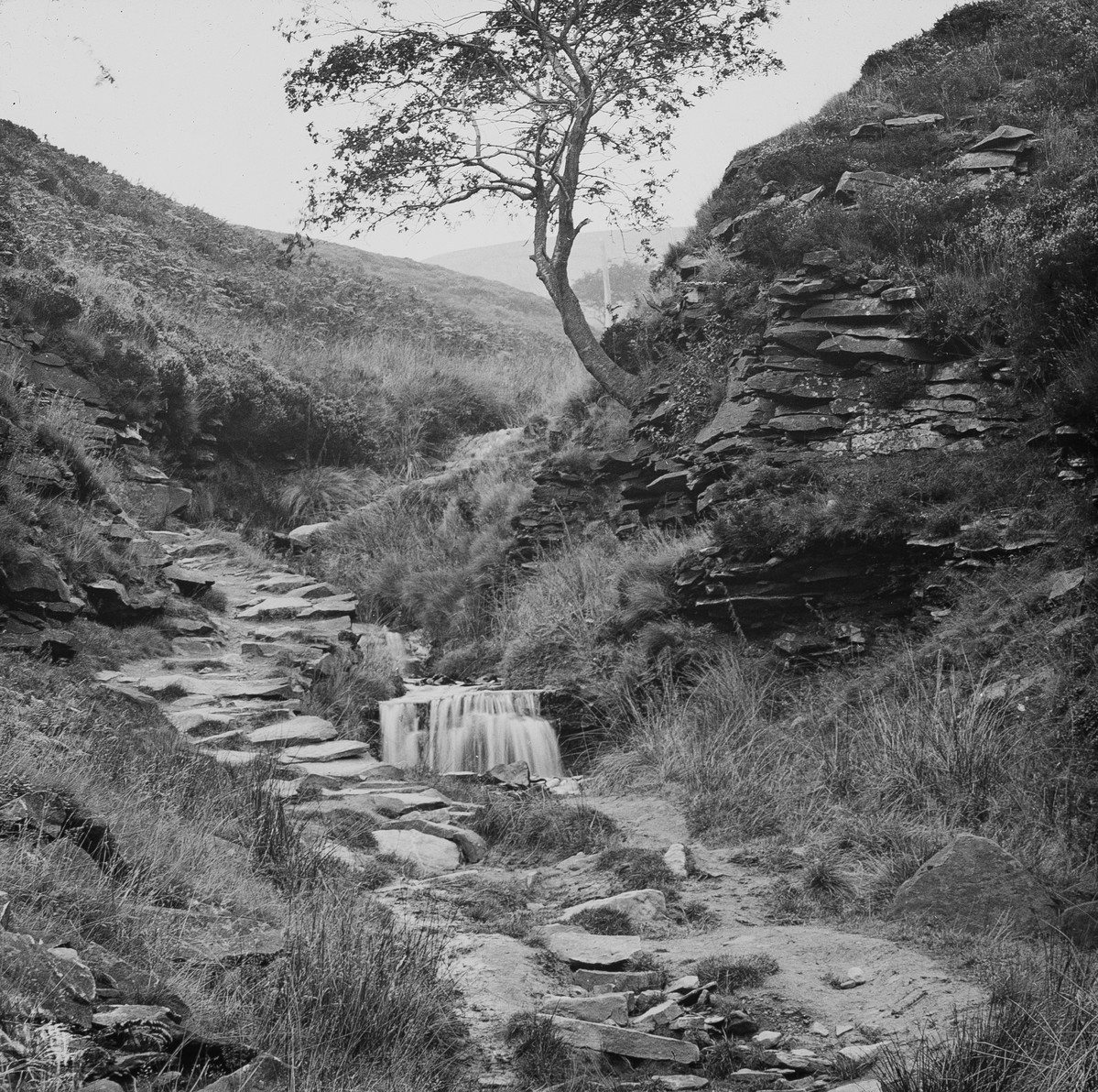
What do you wish people knew about the English countryside?
That it’s not all flat!
Where is your favourite place to be?
It changes regularly but at the moment its White Horse Hill, Oxfordshire. There are some amazing spots there to have a picnic. I also love the Derbyshire Dales, but it is too long since I have been there.
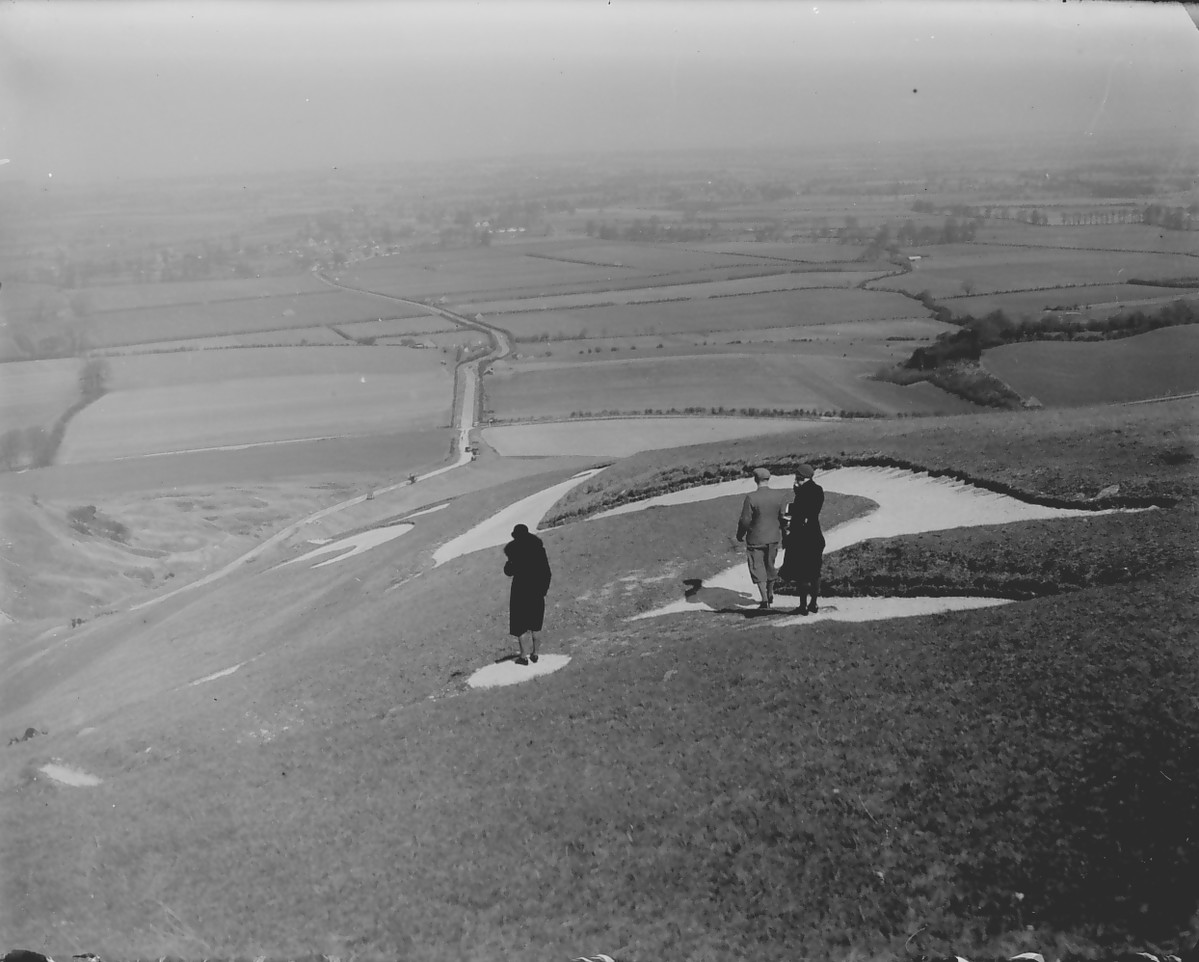
What is your experience of living, working in, and visiting rural areas?
I have had some wonderful experiences in rural areas. For example, I love Yorkshire people because ‘you know where you are’ with them. Seriously though, I’ve always appreciated the direct conversations I have had in rural areas that some people in urban areas would tie themselves in knots over.
I’ll be honest and say that I am still always a bit cautious because I can easily be read as an ‘outsider’, but I had an experience once on Long Mynd, Shropshire that gave me pause.
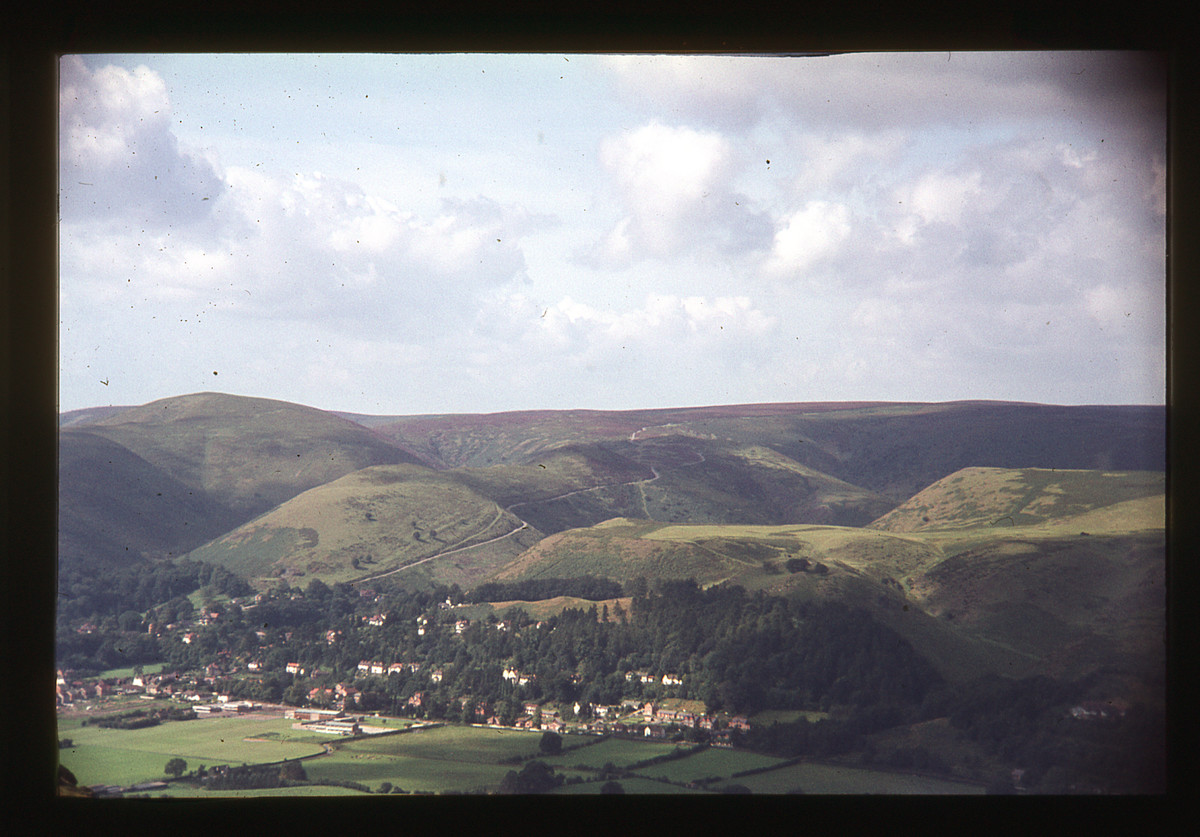
I was walking with my baby daughter (whose father is white) strapped to my front when a car went past and the woman driving the car waved and gave me a huge smile. In my head I was thinking maybe she thought my daughter had a connection to that part of Shropshire which is why she was so friendly, but when I got back to the place we were staying and unwrapped my daughter – I realised the woman in the car would not have been able to see any part of my daughter because of the way she was strapped to me. The woman in the car was simply waving at me.
How important is rural community to you?
I think that rural communities are the quiet pulse of England. They keep things ticking over and can easily be forgotten about by city folk. I worry that they are increasingly cut off because of a number of factors including all the bus services that were reduced or have been stopped altogether.
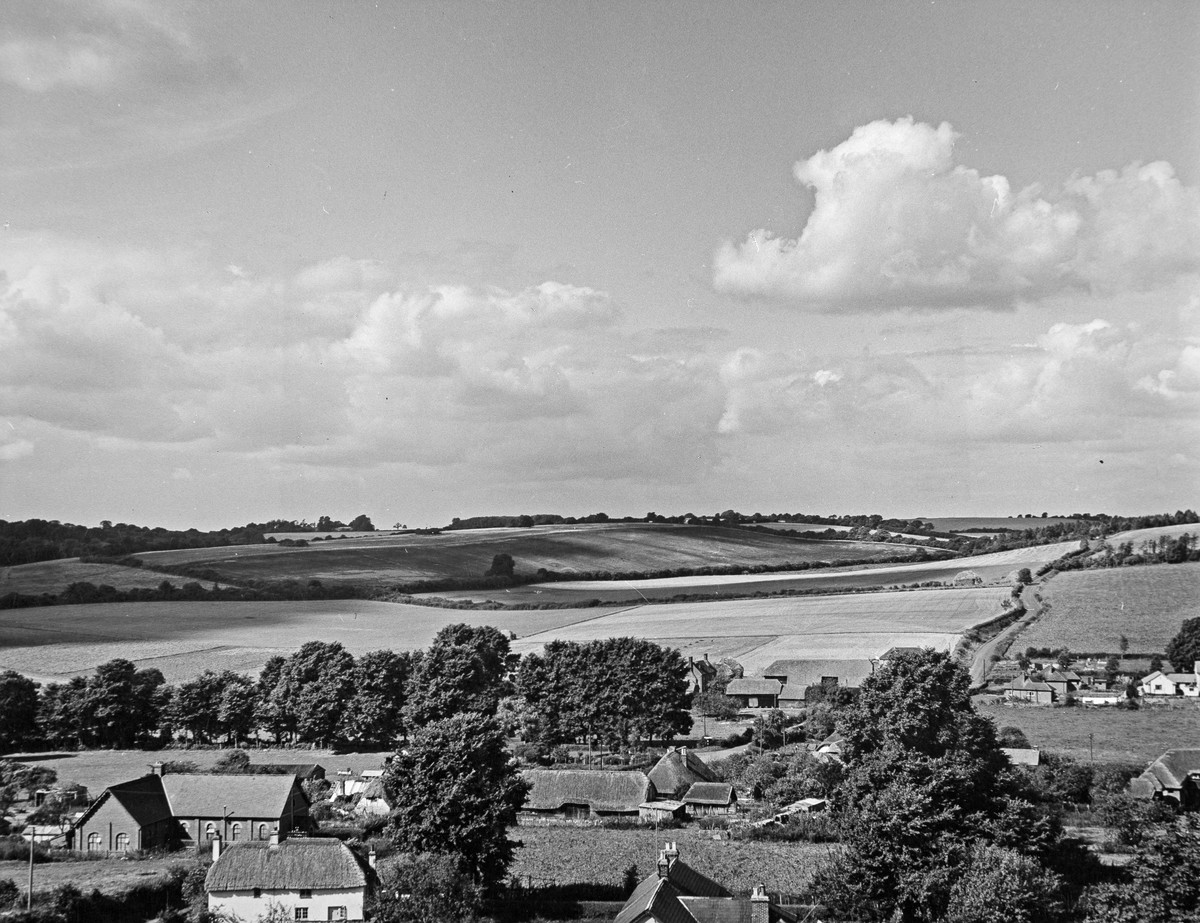
In my culture, rural urban migration is much more in living memory than it is in England. So, when I read 19th century literature where people lived in London but would return to their country homes for the weekends, it is not difficult for me to imagine.
Many people in Kenya (of all social backgrounds) still work towards returning ‘upcountry’ when they retire. It can be easy to romanticise village life but there is a lot of truth about the power of the connections that are made by people living with each other and the same land over generations.
Tell us more about the 1918 allotment. What inspired you to start it?
For the growing season of 2021, I cultivated an allotment in the style of 1918. The inspiration was looking at the ways in which allotments were used during the 1918 pandemic and the current pandemic. In both pandemics, allotment use increased, although there was more public health messaging about the benefits of allotments in 1918. 1918 also marked the end of World War One and it is notable that the current government have not co-opted allotments in response to this national crisis in the way that previous governments did during both world wars.
I am fascinated by the rural urban migration of allotments, in that they were very much a rural feature and have since become an urban one. As human beings we tend to move with our nature even when we do not notice that we do. Plants are far from static!
A big challenge has been finding written accounts from 1918 allotmenteers. Their voices are not as loud as present day allotmenteers and so a lot of the work I am doing is reading their landscapes and understanding what it was they were saying by what they were growing.
A success is that is it being supported by an Arts Council England grant which meant that I was able to host poetry readings at the site. Members of the public visited and also (literally) ate my research.
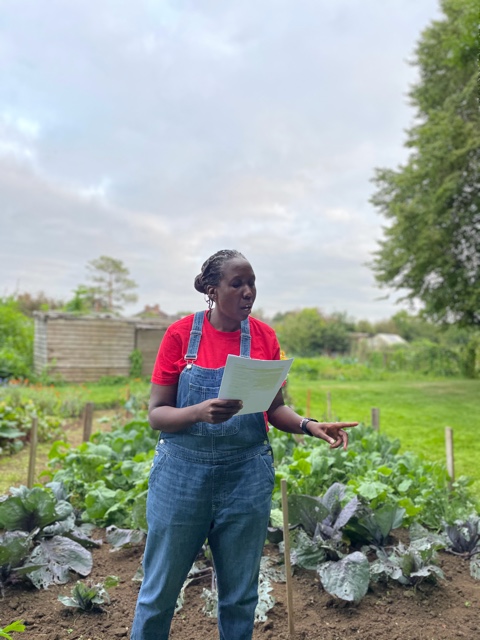
Together, we thought about growing, health, the pandemic and wars. I was very moved by people that ended up using the site as a living memorial. They came to it to remember the people who they loved who were allotmenteers or had been affected by war and had since passed on.
You can learn more about my work on my website. Additionally, on the 19th March 2022, I am hosting an event at the Old Fire Station in Oxford. It will feature an exhibition of the 1918 Allotment, so people who didn’t get a chance to visit it can see its processes. There will be a participatory discussion with the people who have influenced my work: Jeremy Burchardt, Elizabeth Ewart, Alex Mayhew and Claire Ratinon. They are kindly helping me to launch my artistic journal of poetry which was written to document the project.
Which object from our collection did you choose?
When my mum visited my allotment plots in Oxford, she was horrified to see me digging with a spade instead of using a hoe as is traditionally done in Kenya. She ordered one for me and insisted that I completely change the way I was preparing the soil. So, I picked a hoe from The MERL collection as my object.
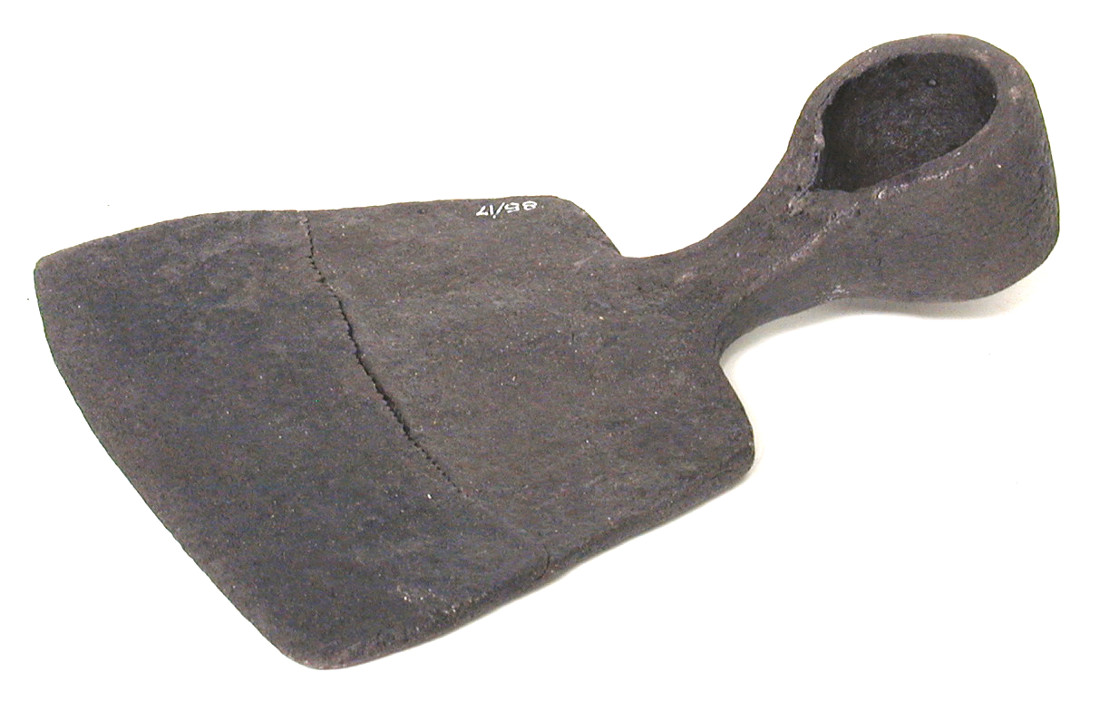
When I was a child in Kenya, I remember going into hardware shops where hoes like this one of different sizes were hung up on the wall. The shop proprietor only put the handle in and adjusted it to your size preference once you had chosen the hoe.
One of the things I love about allotment sites is the diversity of people you find on them. Once I started hoeing, I had many conversations with people who wanted to know about my hoe and methods.
Find out more
Thank you for reading this third entry of the Changing Perspectives in the Countryside series, and to JC for speaking with us so brilliantly about her experiences, work, and upcoming projects.
Read more Changing Perspectives conversations every Thursday, in the online exhibition or right here on our blog.
If you’re a person of colour interested in sharing with us your experiences, work or life in the English countryside, we would love to hear from you. Please reach out and contact The MERL’s Nicola Minney via email.
